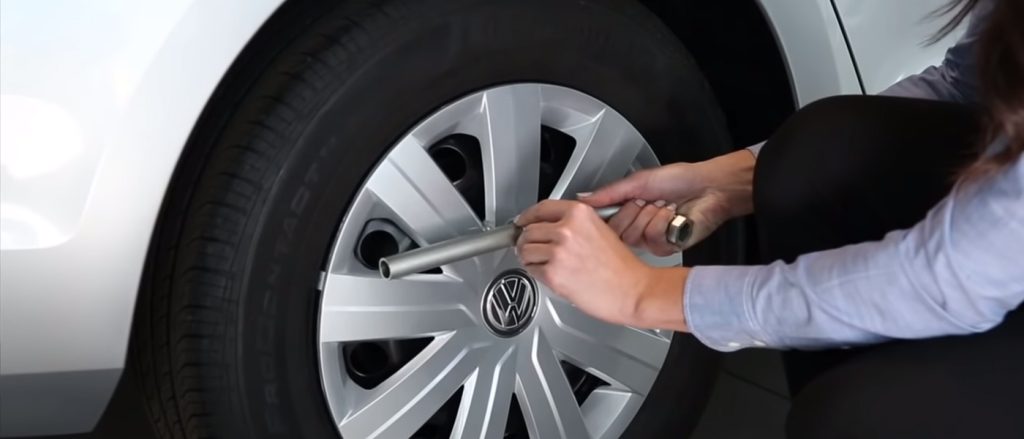
Tires are arguably the most important safety feature of your car. They keep you grounded, provide the friction necessary for steering, and absorb a good deal of shock from the road. Given their significance, it’s vital to know when they need replacement. But how can you tell? Here, we explore the warning signs and general guidelines to help you make an informed decision about when to get new tires.
5 Warning Signs You Need New Tires
Bulges, Gouges Or Cracks
Tires are designed to be resilient. They bear the weight of your vehicle, endure all kinds of road conditions, and stand up to a range of temperatures. However, they are not invincible. Over time, they can develop bulges, gouges, or cracks.
A bulge might form on the sidewall because of a structural failure within the tire. This is dangerous because it makes the tire prone to a sudden blowout. Gouges, on the other hand, can be a result of scraping against curbs or driving over sharp objects. Cracks can develop due to age, extreme temperatures, or when they are under-inflated. Any of these signs indicate that it’s time to replace the tire for safety reasons.
Tread Wear
The treads on your tires are not just a design element; they have a crucial function. They provide the necessary grip, especially in wet conditions. Over time, these treads wear down.
A simple method to test your tire’s tread depth is the penny test. Insert a penny into the tread with Lincoln’s head upside down. If you can see the entirety of Lincoln’s head, your tire treads are below the recommended depth, and it’s time to replace them.
Tire Pressure
Consistently low tire pressure can be a sign that there’s a slow leak in your tire. Regularly inspect your tires for punctures and check the pressure. While occasional refilling is normal, having to pump up a tire more frequently than others suggests there’s an issue. Driving on an under-inflated tire can cause excessive wear and even lead to a blowout.
Temperature Changes
Drastic temperature changes can affect your tires’ health and longevity. In regions with cold winters, the air inside tires can contract, leading to under-inflation. Conversely, extremely hot temperatures can cause over-inflation. Both scenarios accelerate tire wear. If your tires have been exposed to prolonged periods of extreme temperatures, it’s good to have them inspected.
Vibration
Feeling unusual vibrations while driving? It might be an indication that your tires are worn or damaged. Such vibrations can be a result of uneven tire wear or internal damage. If you notice this, get your tires and vehicle suspension checked.
How Long Do Tires Last On Average?
The lifespan of a tire is not just measured in years or miles; it depends on a combination of factors like the tire’s design, the driver’s habits, road conditions, and even climate. However, on average, most experts agree that tires should be replaced every six years at the least, and definitely by ten years, regardless of the amount of tread that’s left.
At What Tread Depth Should I Get New Tires?
The U.S. Department of Transportation recommends replacing tires when they reach 2/32 of an inch. However, for better traction, especially in wet conditions, many safety experts recommend replacing them at 4/32 inches.
How Many Miles Can You Go Before You Need New Tires?
On average, standard tires should last between 30,000 to 50,000 miles. However, high-performance tires may last only 20,000 miles, while certain all-season models can run up to 70,000 miles. Always consult your tire manufacturer’s recommendations.
Should I Replace All Four Tires If Mine Are Worn?
It’s advisable to replace all four tires at the same time for the best balance, traction, and handling. If you’re only replacing two, make sure the new tires are placed on the rear axle to prevent spin-outs in wet conditions. Always consult with a tire specialist before making any decisions.

In conclusion, while tires can seem sturdy and indestructible, they’re subject to wear and tear like any other component. Prioritizing regular checks and understanding the warning signs will ensure you maintain optimal safety and performance while on the road. Safe driving starts with reliable tires!




